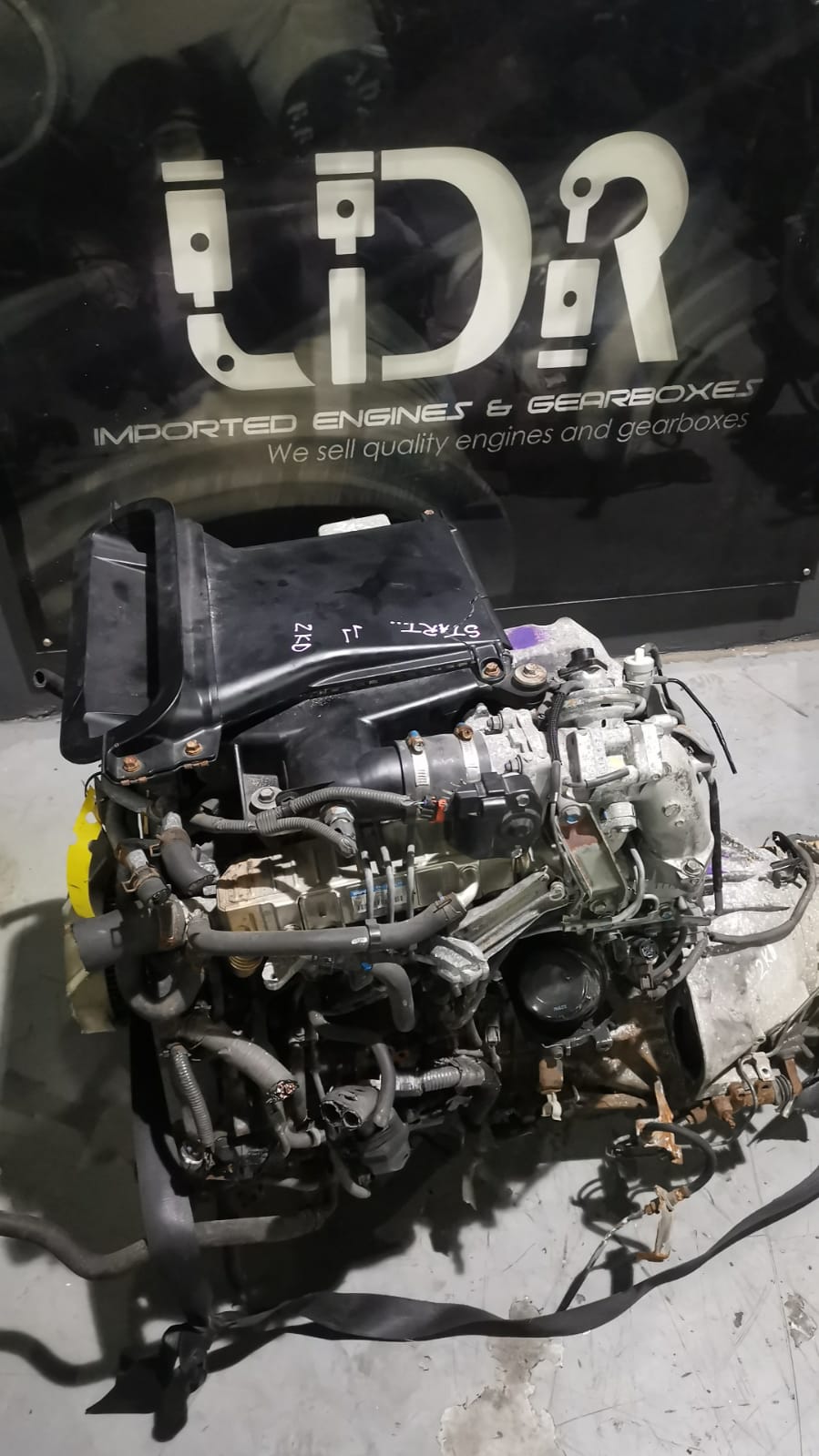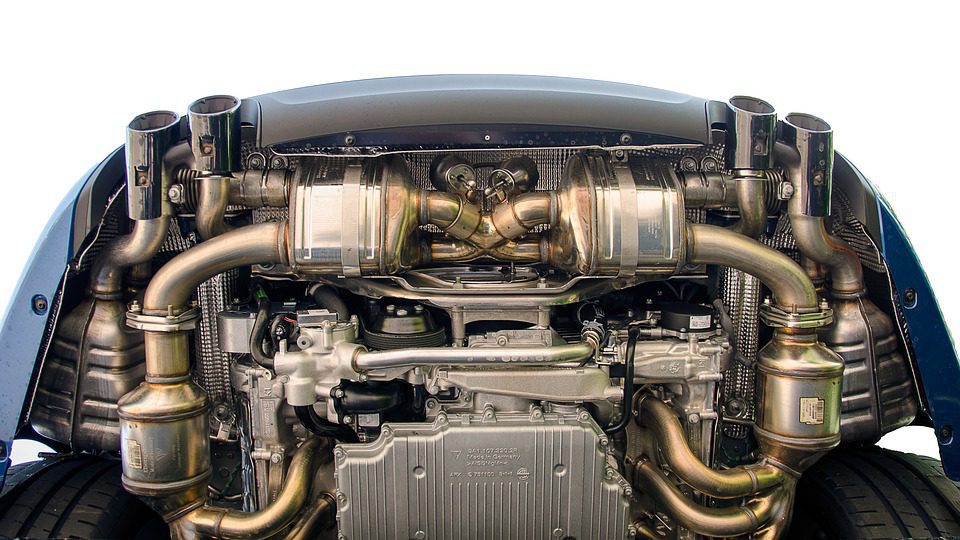Opel Corsa Engine: Common Issues and Just How to Repair Them
Opel Corsa Engine: Common Issues and Just How to Repair Them
Blog Article
Exploring the Inner Operation of a Compact Automobile's Engine System
As drivers, we typically consider granted the detailed processes that occur within the confines of our vehicle's engine system. The small yet complex machinery that propels us onward is a marvel of engineering accuracy and coordination. From the regulated surges in the burning chamber to the careful timing of gas shot, every component plays an important duty in the smooth operation of the engine. In this exploration of a compact vehicle's engine system, we will untangle the internal functions of this mechanical harmony, clarifying the secrets that drive us forward on our day-to-day journeys.
Burning Refine Summary
The burning process in a portable lorry's engine system is a crucial system that efficiently converts fuel into energy to power the automobile. This process happens within the combustion chamber of the engine, where fuel and air mix, spark, and create controlled surges. The burning process includes 4 primary stages: consumption, compression, power, and exhaust.
Throughout the intake stage, the piston relocates downward, attracting in a mixture of air and gas right into the combustion chamber. This downward motion generates the power required to drive the lorry. This cyclic burning process is fundamental to the operation of a portable automobile's engine system, guaranteeing efficient power conversion for propulsion.
Piston and Cylinder Communication

The piston's specific fit within the cylinder is necessary for maintaining optimal compression and protecting against energy loss throughout combustion. Limited clearances between the piston and cyndrical tube wall surfaces ensure reliable sealing, allowing the piston to move smoothly without enabling gases to leak past. Proper lubrication is likewise crucial to lower friction and wear in between these parts, enhancing durability and efficiency.
Furthermore, the design and products utilized in manufacturing the piston and cyndrical tube effect engine efficiency and resilience. Modern engines often use light-weight yet resilient materials like aluminum alloys for pistons and cylinder linings to reduce inertia and boost thermal efficiency. Generally, the harmonious interaction between the piston find more information and cylinder is fundamental to the engine's capability and overall performance.
Fuel Shot System Performance
Fuel shot systems in small car engines play a critical role in exactly providing gas to the combustion chamber for effective and controlled ignition. The gas shot system operates by injecting fuel right into the burning chamber at the optimal moment throughout the engine's procedure (opel corsa engine). This accurate timing guarantees that the fuel blends evenly with the air for correct combustion, causing enhanced gas effectiveness and minimized discharges
There are mostly two types of gas injection systems utilized in portable lorry engines: port fuel shot (PFI) and straight gas shot (DFI) PFI systems infuse fuel into the intake port before the consumption shutoff, while DFI systems infuse fuel directly into the combustion chamber. Both systems have their benefits, with DFI using better fuel atomization and PFI providing a much more cost-effective option.
Comprehending Engine Air Conditioning Mechanisms
Efficient operation of a small car's engine counts greatly on the performance of its cooling devices. The air conditioning system in a compact lorry usually is composed of numerous elements functioning with each other to manage the engine temperature. Recognizing these engine air conditioning devices is important for maintaining the performance and long life of a small car's engine system.

Exhaust System Elements Explained
The optimal functioning of a small car's engine air conditioning mechanisms depends on a complementary system understood as the additional reading exhaust system, which comprises numerous crucial components for making sure effective discharges and engine performance. The exhaust manifold collects exhaust gases from the engine's cylinders and paths them to the catalytic converter.
One crucial part of the exhaust system is the oxygen sensor, which keeps an eye on the oxygen degrees in the exhaust gases to assist regulate fuel usage and make sure optimum engine performance. opel corsa engine. Additionally, the resonator might exist in some exhaust systems to decrease noise degrees. Generally, the exhaust system plays an important duty in keeping engine performance, lowering unsafe emissions, and click for info making sure a quieter driving experience for small automobile proprietors

Verdict
In verdict, the compact car's engine system is a complicated mix of elements that collaborate to facilitate the burning procedure, convert fuel right into power, and remove waste gases. Recognizing the inner workings of the engine system, including the piston and cyndrical tube interaction, gas shot system, engine air conditioning mechanisms, and exhaust system components, is important for preserving ideal efficiency and efficiency of the automobile.
The combustion process in a compact vehicle's engine system is an essential system that effectively converts fuel right into energy to power the car.Gas injection systems in portable car engines play a crucial duty in specifically providing fuel to the burning chamber for efficient and regulated ignition.There are mostly two types of gas injection systems utilized in small car engines: port gas shot (PFI) and straight fuel injection (DFI) Comprehending these engine air conditioning mechanisms is vital for maintaining the efficiency and longevity of a small car's engine system.
The optimum performance of a small automobile's engine air conditioning systems depends on a complementary system understood as the exhaust system, which makes up different vital parts for ensuring effective exhausts and engine efficiency.
Report this page